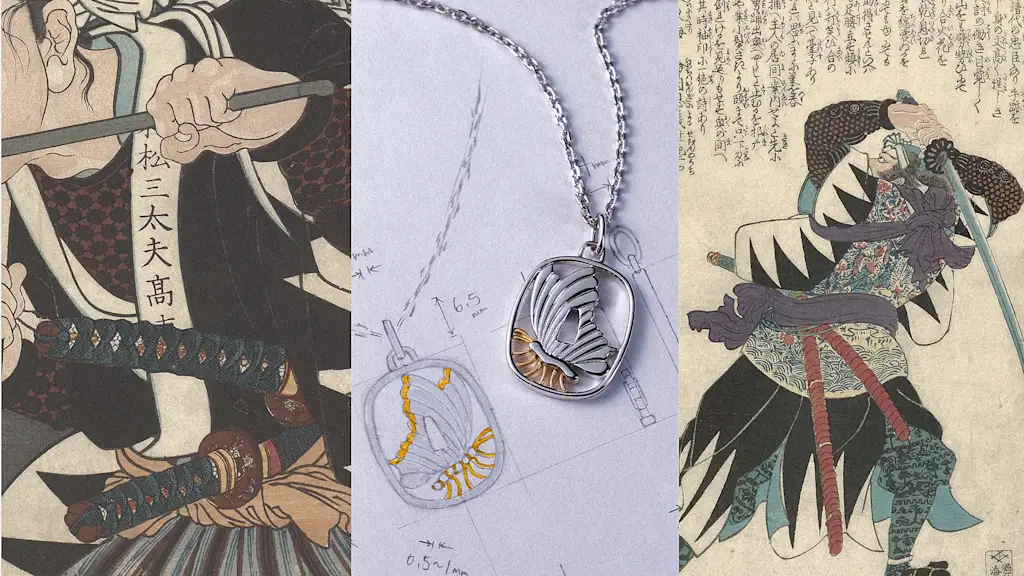
"The Museum of Fine Arts in Boston has one of the largest collections of Japanese art in the United States in its permanent collection, including hundreds of tsubas. It has just collaborated with the fine jewelry designer Monica Rich Kosann to create a collection of necklaces inspired by three tsuba designs-a crane, a turtle, and a butterfly-to introduce these ancient works of art back into the modern world."
"Kosann carefully went through every single one of the MFA's tsubas and settled on these three creatures. She was particularly drawn to their symbolism, which she learned about as she spoke with the museum's curators. The crane symbolized good luck and the turtle symbolized a long life, both of which a samurai would hope for as they went into the battlefield."
"Sarah Thompson, curator of Japanese prints at the MFA, says that most of the tsubas that have survived are from the 16th century, when Japan was engaged in a lengthy civil war. Metal smiths would create these tsubas out of precious metals, often iron combined with two alloys that are unique to Japanese metalwork, shibuichi (which is copper blended with silver) and shakuto (which is copper blended with gold)."
Sixteenth-century samurai swords included tsuba hand guards that metal smiths decorated with intricate flowers, animals, and landscapes. The Museum of Fine Arts in Boston holds hundreds of tsubas and collaborated with jewelry designer Monica Rich Kosann to translate three tsuba motifs—a crane, a turtle, and a butterfly—into necklaces. The pieces range from $925 to $3,050 and are made of gold and silver, with one design encrusted with diamonds. Kosann selected the crane for good luck, the turtle for long life, and the butterfly for a short but glorious life. Most surviving tsubas date to the 16th century and were made of iron with shibuichi and shakuto alloys. Over time tsubas became status symbols indicating a warrior’s importance.
Read at Fast Company
Unable to calculate read time
Collection
[
|
...
]